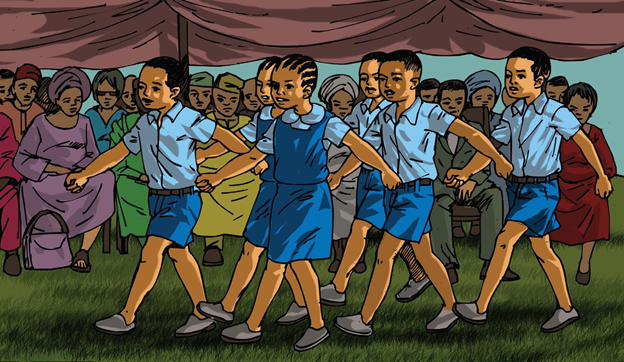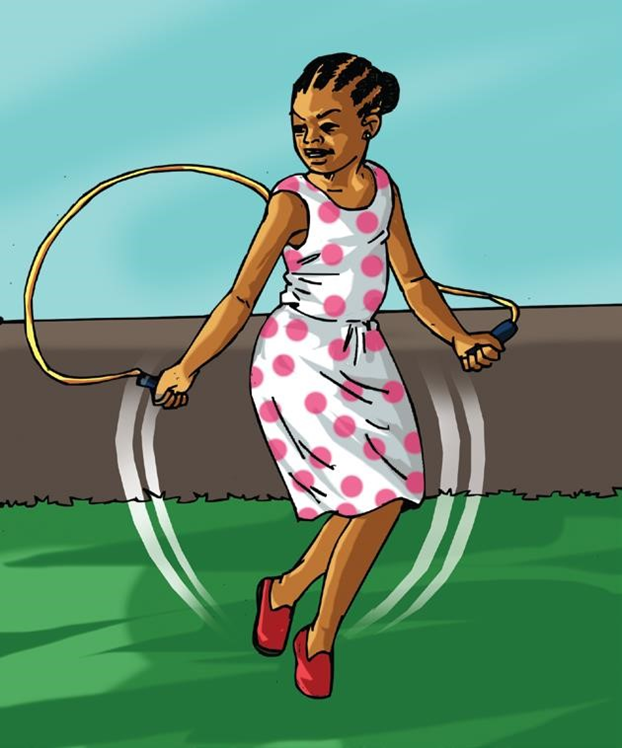Lesson Notes By Weeks and Term - Primary 5
RYTHMIC ACTIVITY
WEEK1&2
SUBJECT: PHYSICAL AND HEALTH EDUCATION
TERM: 1ST TERM
CLASS: PRIMARY 5
TOPIC: RHYTHMIC ACTIVITY
BEHAVIORAL OBJECTIVES; At the end of the lesson, pupils should be able to:
Different kind of Charts and references materials�
Scheme of work�
And other relevant materials
6 years basic Education curriculum
Online information
BUILDING BACKGROUND/CONNECTION PRIOR TO KNOWLEDGE:
Pupils are familiar with the topic in their previous classes.�
What are rhythmic activities?
Rhythmic activities are activities that involve dance-like movements. They are activities that could be accompanied or enhanced with music. Their movements are regular as in musical beats.
�
Rhythmic activities include the following:
1 Marching 2 Galloping 3 Hopping
Marching refers to the organised, uniform and, steady walking forward, usually associated with soldiers. It can also be defined as walking forward in regular steps with others. It usually involves groups of people (e.g. soldiers, students) and not individuals.
�
This is when a person jumps with the two legs off the ground at the same time. It could also be a jump and a run, in which there is a lead leg and a trail leg (with the same leg always in front) and the other following.
This means to jump lightly, either on the same spot or moving forward.
 �
�
Assessment and evaluation
Teacher asks questions from pupils based on the topic�
�Wrap up and conclusions
Teacher goes over the topic for better understanding�
� Lesson Notes All Rights Reserved 2023